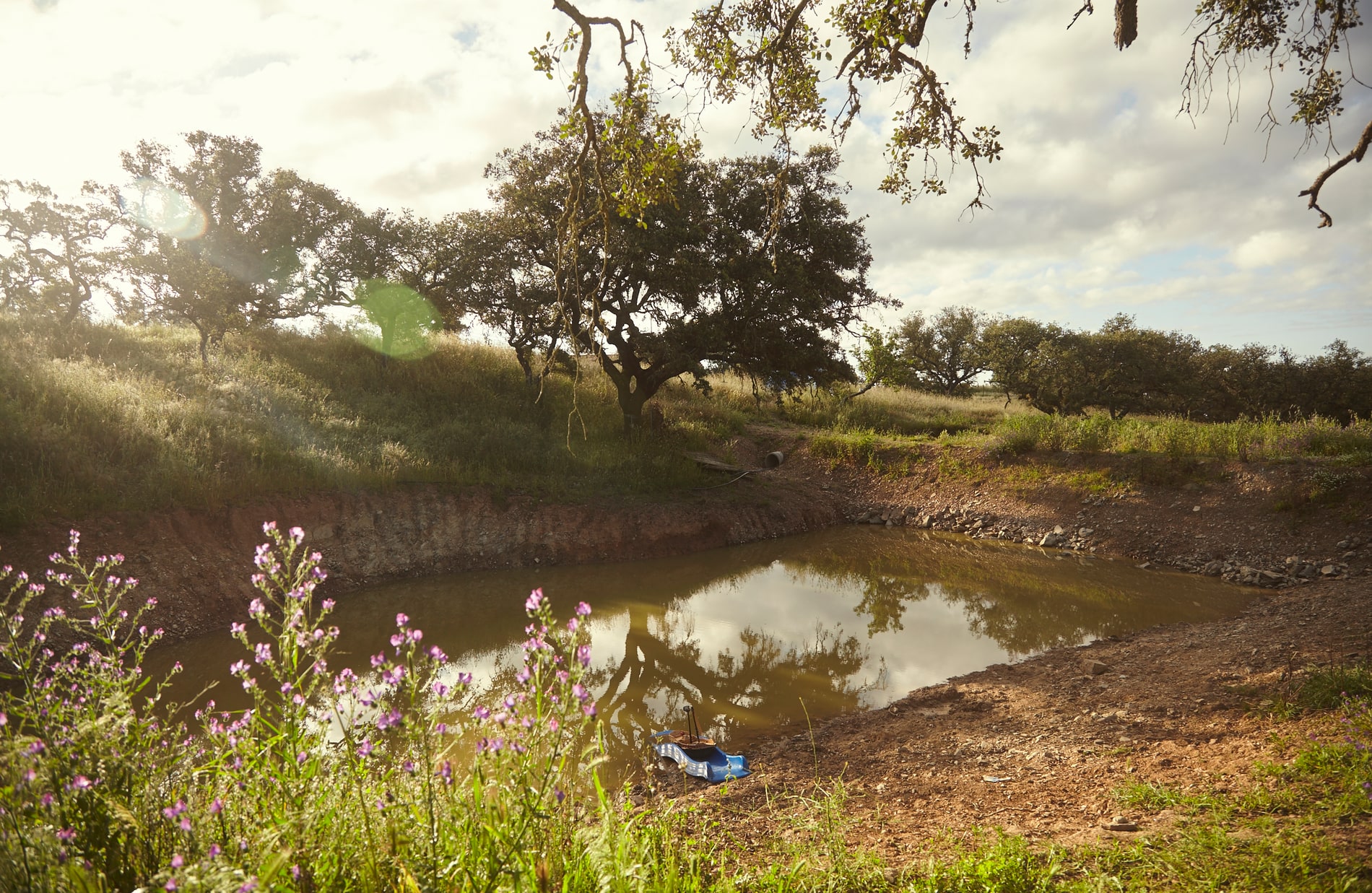
OASA is building the operating system for a regenerative civilization. We transition land from extractive ownership to perpetual commons, where communities steward ecosystems for a 1000-year horizon, generating returns in soil, water, and community rather than speculative gains.
Want to see more press coverage?
View Full Press PageOASA legally restructures land ownership into commons held in trust for future generations. No individual holds title or equity—the land is locked in perpetuity, ensuring it can never be sold or exploited for private gain. We move from ownership to stewardship, where the asset exists for the commons forever.
Rather than treating land as a commodity, we create a nature-backed commons economy. Tokenized access rights enable communities to finance regenerative infrastructure while ensuring land remains in trust, generating returns in ecosystem health and social wellbeing.
We invite patient capital aligned with living systems. Investing with a 1000-year vision rewards long-term stewardship with compounded returns in soil fertility, water security, biodiversity, and resilient communities—returns that accelerate with time.
Early-stage funding for land acquisition and regeneration is non-speculative. Returns are measured in ecological health, community resilience, and the long-term stability of use-value tokens—not financial dividends.
Restoration isn't charity — it outperforms extraction. Research shows that every dollar invested in restoring land generates at least seven dollars in economic benefits.

Building soil health and biodiversity

Capturing and storing precious rainfall

Eco-friendly infrastructure

We recognize our role as co-stewards of Earth. By participating in ecosystems as a beneficial species—through rewilding, regenerative agriculture, and water landscape restoration—we can increase biodiversity and ecosystem function, becoming keystone species that create conditions for all life to thrive.
Traditional Dream Factory (TDF) in Portugal demonstrates our nature-backed, commons-based economy in practice. Through tokenized access rights, community governance, and regenerative principles, TDF shows how land held in common can produce enduring prosperity—a replicable blueprint for regenerative villages across continents.
On cork-oak savanna, 50% is protected wild core, 45% is a productive agroforestry systems, and < 5% holds accomoddations, co-working areas, event space and a restaurant.
Our water retention landscapes capture and store precious rainfall, creating resilient ecosystems and supporting year-round regeneration.
Token holders with use rights and governance participation. 1 $TDF token = 1 night's stay per year, forever. The land remains in trust—no ownership, only stewardship. Learn more at Traditional Dream Factory.
The 25-hectare site is held by a non-profit entity committed to conservation. Land is locked in trust for future generations, ensuring it can never be sold or exploited for private gain.






Whether you're a landowner, philanthropist, investor, or digital nomad, OASA welcomes you to help build a network of regenerative villages & surrounding conservation areas that will thrive for the next thousand years.
Status: Revised Draft, 2025
The OASA Constitution is our living contract with one another and with the lands we care for. It outlines our identity as a distributed association of people and place-based projects who steward land in perpetuity through commons-based legal, ecological, and digital structures.
The Constitution establishes our governance framework, regenerative principles, and the mechanisms by which we ensure land remains in trust for future generations. It defines how projects are structured, how decisions are made, and how we use technology responsibly to support ecological restoration and community well-being.
Central to the Constitution are the seven Regenerative Principles that all projects must uphold: Soil, Water, Air, Waste, Rewilding and Biodiversity, Resources, and Community. These principles set minimum ecological and social standards, ensuring that every OASA project actively heals and restores ecosystems while building resilient, equitable communities.